Three major men’s tournaments this week: DP World Tour events in Australia and South Africa, plus the Hero World Challenge.


Three major men’s tournaments this week: DP World Tour events in Australia and South Africa, plus the Hero World Challenge.

Scientists investigate why golf balls sometimes bounce out of the hole after seemingly sinking.
Scientists investigate the curious phenomenon of golf balls bouncing out of the hole after seemingly sinking.
This week features three major men’s tournaments: the DP World Tour in Australia and South Africa, and the Hero World Challenge.
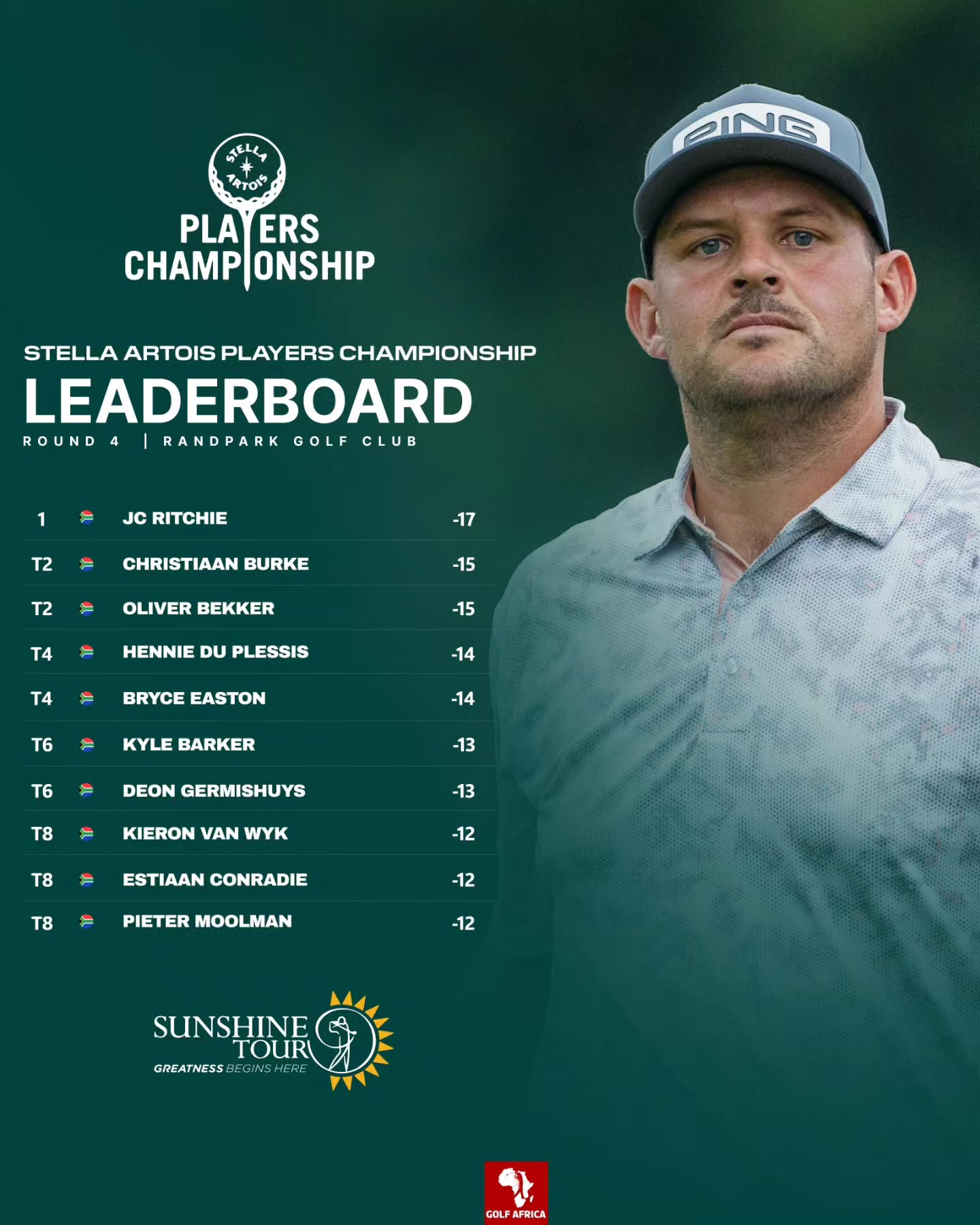
JC Ritchie claims victory at the Stella Artois Players Championship at Randpark Golf Club, finishing at -17 and winning by two shots.
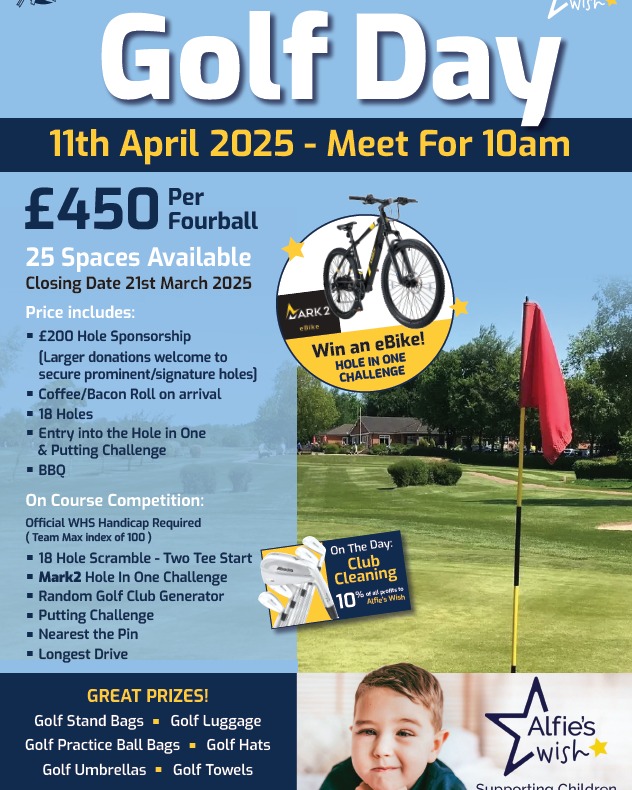
Join Wellow Golf Club for the first Alfie’s Wish Golf Day – a fun event with great prizes supporting a meaningful cause.
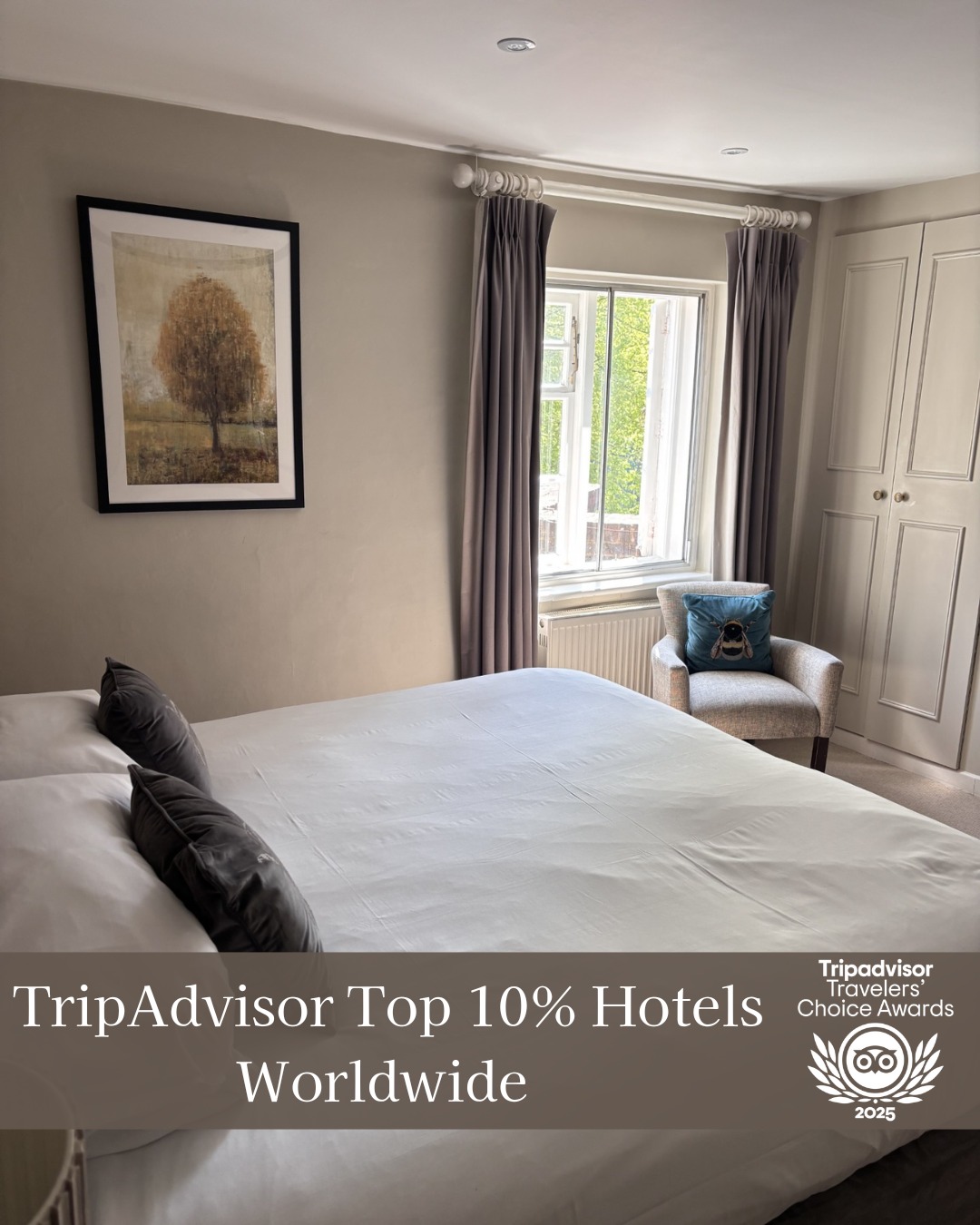
The Bell Inn New Forest celebrates being ranked in the top 10% of hotels globally.
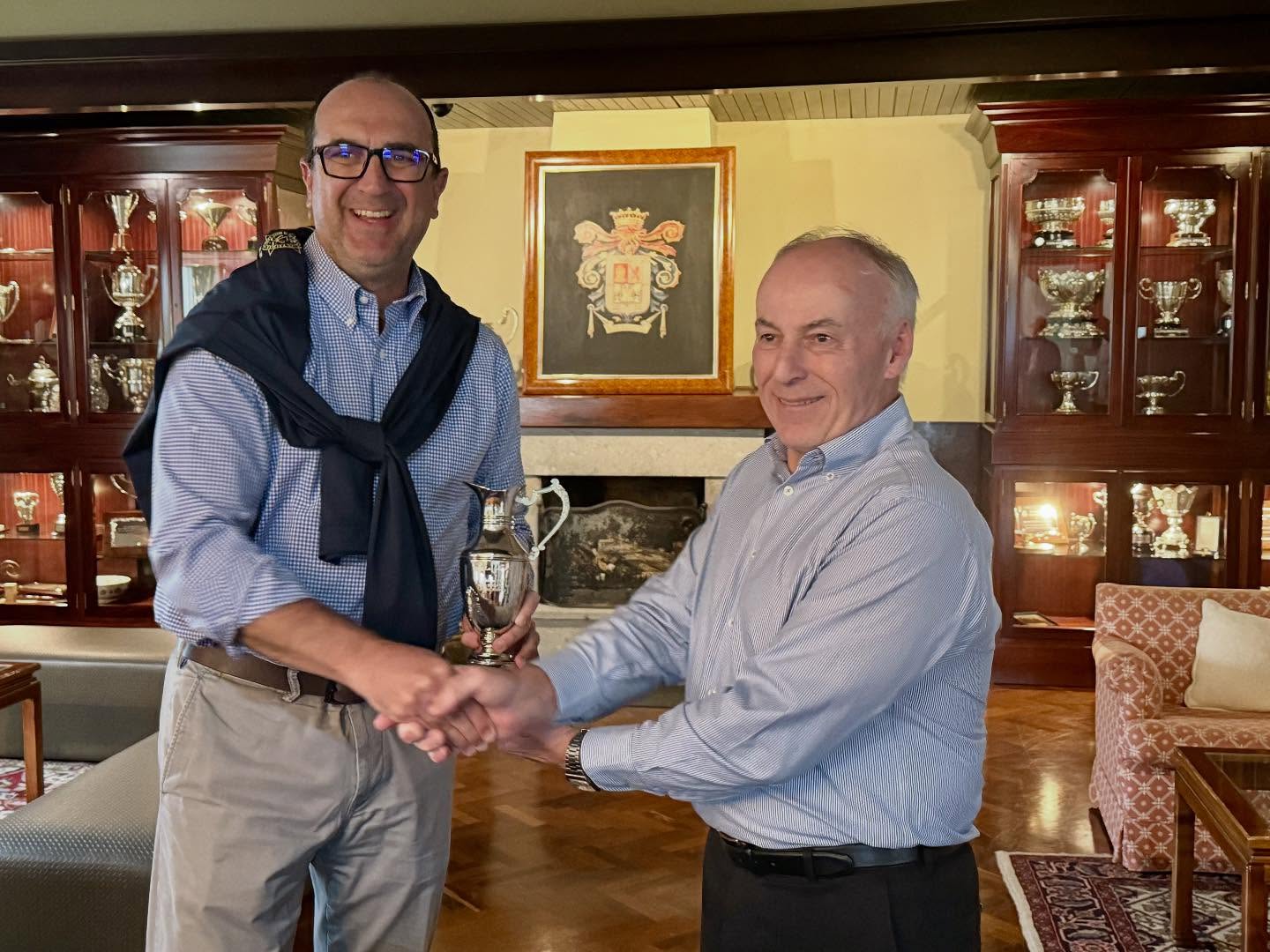
El Real Club de Golf de Las Palmas defeats Malone Golf Club 24–12 in the 6th Interclub edition, tying the overall score at 3–3.
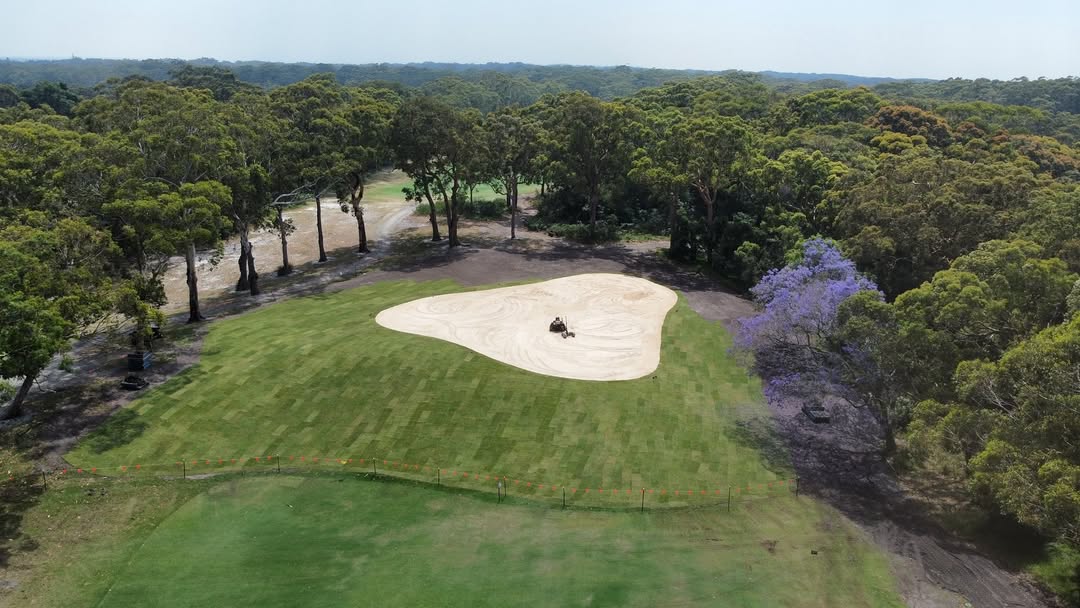
Turfing begins on Newcastle GC’s new 1st and 18th holes, with seeding to follow soon for consistent, sustainable greens.
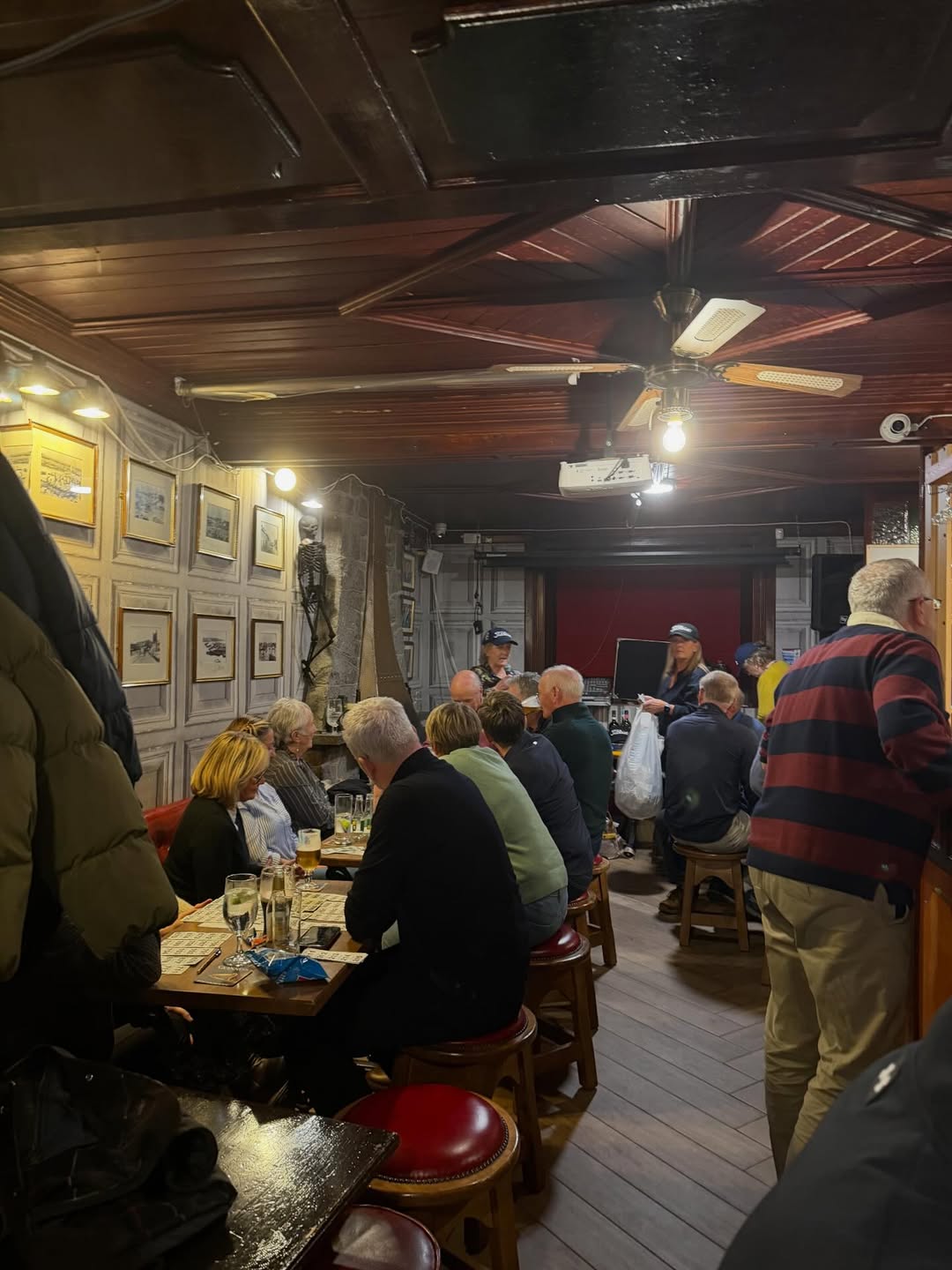
Great atmosphere at Ardglass Golf Club as the Junior Section hosted a successful quiz night at the Old Commercial.